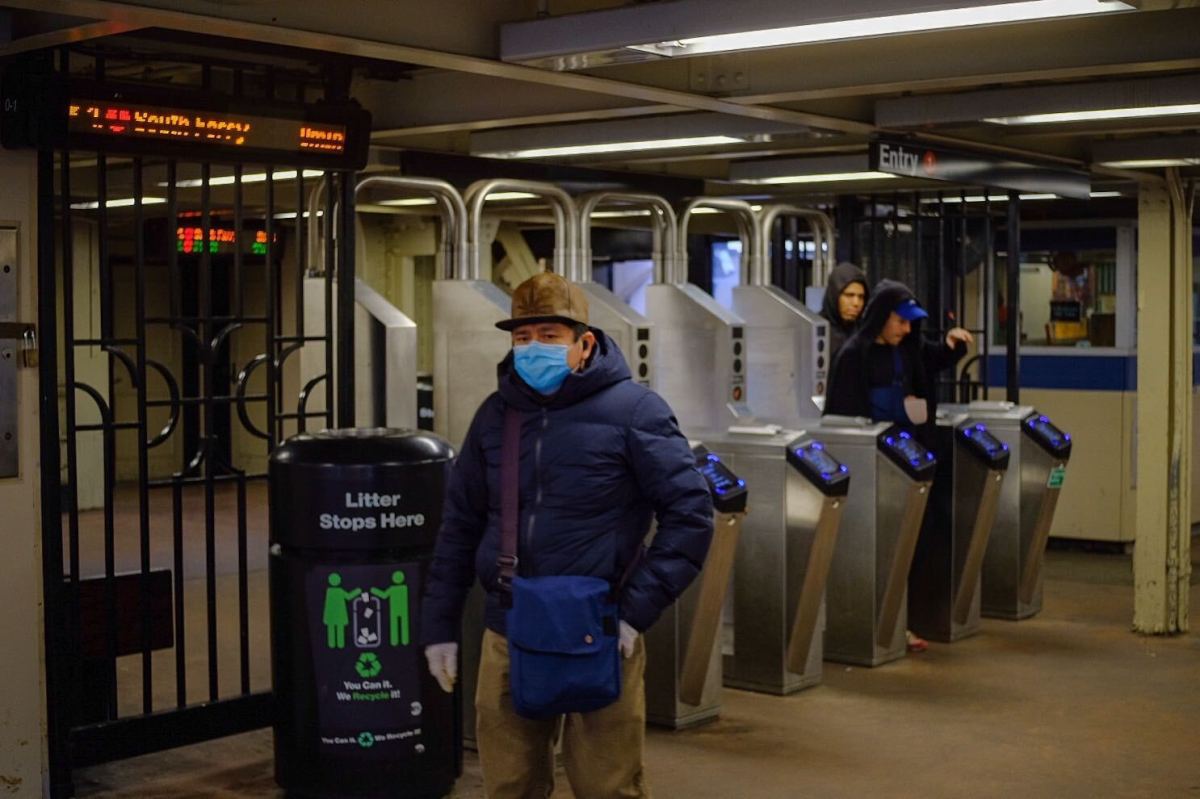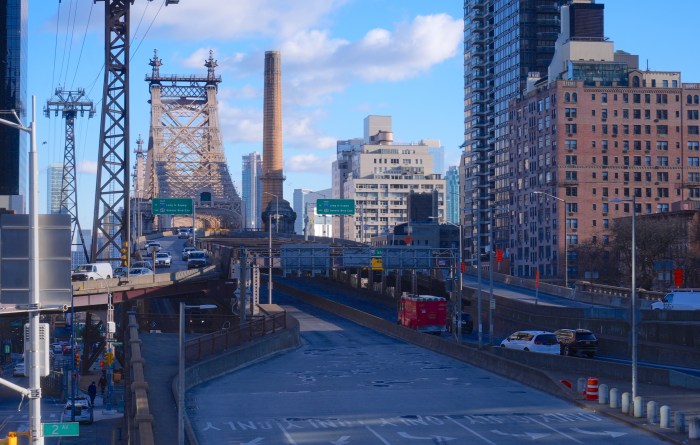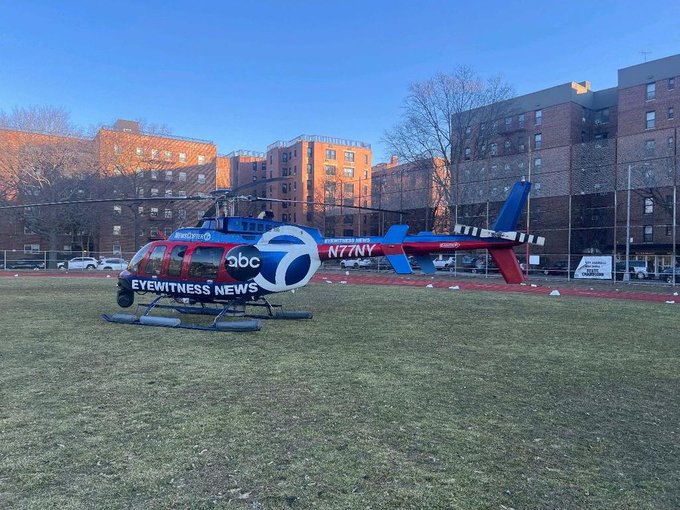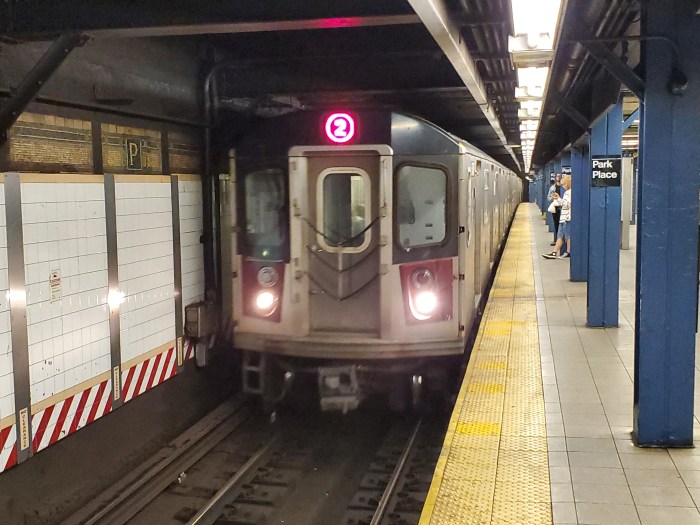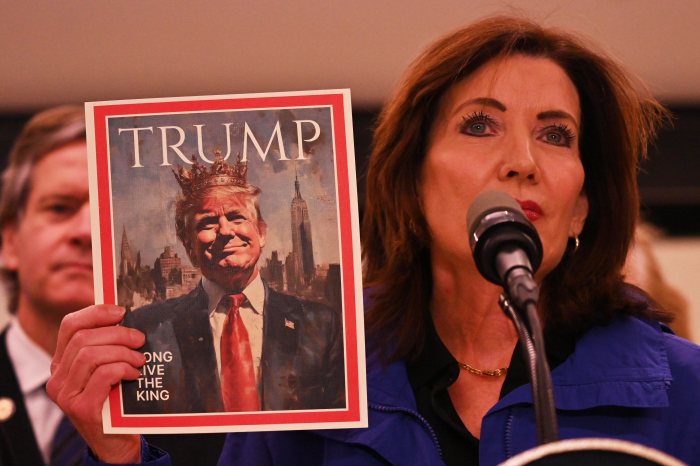As the federal government comes through on $500 million for the MTA – just one installment of $3.9 billion from the CARES Act – think tanks and labor leaders back the call for more stimulus cash as the only way.
MTA Chair Pat Foye said the federal funding – $7.8 billion total needed – is simply for operating expenses and any other scenario would be unacceptable. Tom Wright, chief executive officer of the Regional Plan Association, explained that they ran the numbers as well and fares hypothetically would have to reach $9 for public transit in New York City to recover.
“It is to pay our operating expenses because of the incredible, precipitous drop in revenue since the pandemic started in tolls and fares and the dedicated taxes and subsidies. So solely for operation,” Foye said during a panel discussion organized by Crain’s.
Wright’s organization has made a complete “about-face” from devising visions for future infrastructure to simply attempting help pull the MTA out of the current crisis that has befallen the agency. According to Wright, transit ridership will recover the same way skyscraper development rebounded from 9/11, but it boils down to maintaining the system for the region is primed for recovery.
Layoffs in the transit agency would cripple the ability of the system to provide transit at the start of the recovery, a $9 fare would only push ridership farther away and further the hardship of the economic downturn from the pandemic. Future generations would be saddled with these financial woes if the MTA were to increase its debt service, he explained.
“I’ll say from the RPA perspective, if we don’t get that federal funding you start to think what happens next and what options does the MTA have to try to make up that close-to $4 billion deficit over the course of the year,” Wright said. “The only other option would be essentially raiding the capital plan to try and pay for this, and that’s the kind of strategy that if you want to go back to something like the 1970s and the declining services that we had, that’s what you would do.”
While 118 transit workers have died from the pandemic, 8,800 have returned to the job after either sick leave or quarantine, Foye said.
But while Wright cautioned against measures that would take transit back to the crime-ridden days of the 1970s and 1980s, another transit leader warned against returning to times as recent as 2017.
John Samuelsen, Transport Workers Union International president, explained that the COVID-19 pandemic began just as the MTA was making progress through lack of investment throughout the teens. This culminated in the form of a state of disrepair across the board of an antiquated system.
January 2020 was a landmark for the MTA in that it had approved a $51 billion five-year capital plan – $17 billion for 2020 alone – that would modernize transportation in New York City. This optimism only lasted about two months.
“The truth of the matter… is that the system fell into a state of disrepair not only because of capital disinvestment, but also a significant portion of the disrepair was due to previous disinvestments in capital, but also because of operating budget shortfalls,” Samuelsen, said. “When there’s a shortfall in the operating budget, the company has done a couple of things. They’ve deferred maintenance, they’ve slashed service, they’ve everything that makes things less palatable for riders.”
Lisa Daglian, executive director of the Permanent Citizens Advisory Committee to the MTA said regular folks can get involved by urging their representatives in Washington D.C. to support MTA funding in the next stimulus package.



